Shishamo smelt (ししゃも) is a rare and beloved fish found exclusively in Japan, specifically along the Pacific coast of Hokkaido. Known for its unique cucumber-like scent and enjoyed whole during its peak autumn season, Shishamo is a culinary treasure with a fascinating ecological background. In this article, we’ll dive into its natural habitat, spawning behavior, and cultural significance in Japan, while also exploring how it differs from other smelt species. Keep reading to discover more about this delicacy that has captivated taste buds and local traditions alike!
What is Shishamo Smelt?
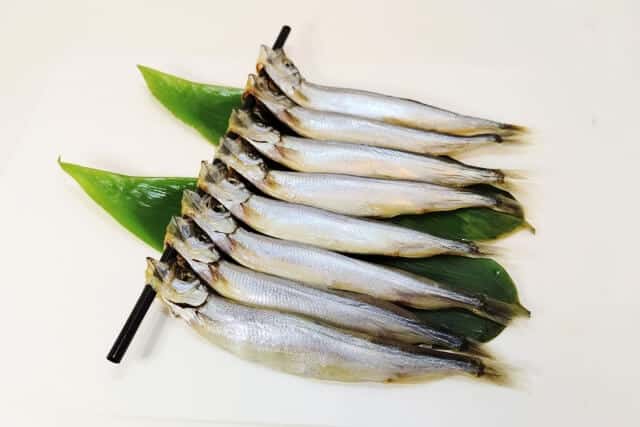
Shishamo (ししゃも) is a small saltwater fish native to the Pacific coast of Hokkaido, Japan. It is a delicacy particularly popular during the fall season. The fish belongs to the smelt family and is typically enjoyed grilled or fried whole, including its head, bones, and roe, making it unique and full of flavor. Its name, “Shishamo,” means “willow leaf fish” in Japanese, referring to its slender shape.
The fish is often served at izakayas (Japanese pubs) or as part of a meal set. Additionally, because it is high in nutrients like omega-3 fatty acids, it’s valued for its health benefits too. This shishamo is typically enjoyed during its peak season, which is autumn, when the fish are filled with roe, adding to their richness in taste.
Shishamo Smelt History
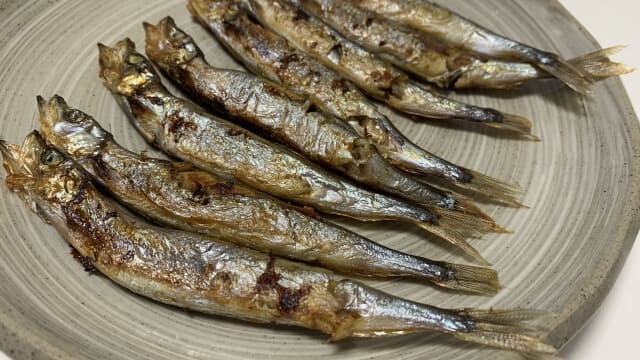
Shishamo is an anadromous fish that experiences life in both the sea and rivers. After they are born, they spend a while in rivers, but as they grow up, they travel down to the sea, where they become adults. They only return to the river where they were born and raised once in their lives to spawn. Shishamo comes from the Ainu word susu-hamu or shushu-hamo, which means “willow leaf fish,” and written in kanji as yanagiba-uo. There are several theories about its origin, including one that an Ainu god fell to the earth and rotted away, and another that the willow leaves were transformed into fish to save people downstream who were suffering from famine. Several legends are depending on the region.
Ecology of Shishamo smelt
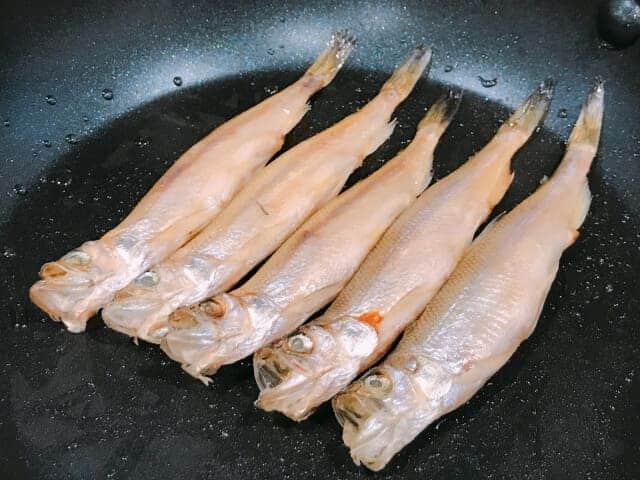
Shishamo is a fish species endemic to Japan, meaning it is found only in this country. It inhabits the Pacific coast of Hokkaido, which is the sole region where it thrives. From mid-October to late November, Shishamo migrates upstream to spawn in specific rivers, such as the Tokachi River in the Tokachi region, the Shoji River and Shin-Kushiro River in the Kushiro region, the Saru River in the Hidaka region, and the Mukawa River in the Iburi region. This limited habitat and spawning period make Shishamo an iconic part of Hokkaido’s natural and culinary heritage, with the fish being especially prized for its fresh roe during the spawning season.
FAQ
When is shishamo in season?
Shishamo is in season from fall through winter, with November being the peak season.
What is the difference between real shishamo and commercial shishamo?
Most commercially available shishamo are a different species called “capelin shishamo,” and real shishamo are rare.
How to cook shishamo?
It is usually grilled with salt, but there are various ways to cook it, such as tempura and nandoroni.
What is the nutritional value of shishamo?
It is rich in calcium and is nutritious because it can be eaten bone by bone.
Recommended Restaurant of Shishamo Smelt
Kanedai Ohno Shoten (カネダイ大野商店)
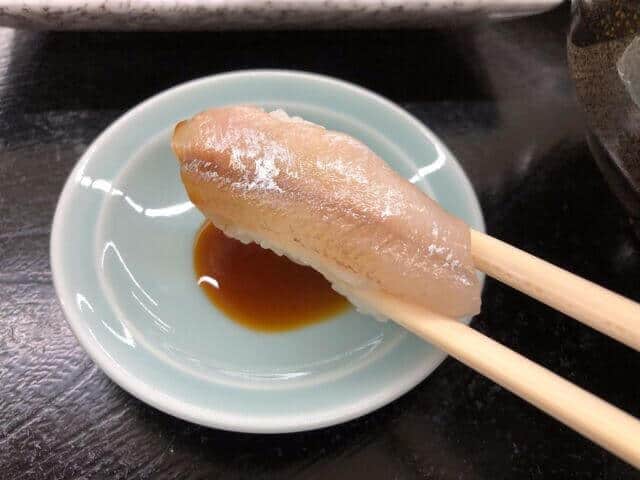
You can eat shishamo sushi at Kanedai Ohno Shoten, a store in Mukawa that specializes in shishamo. It has a nice aroma, is thick, and has a very strong flavor. The sweetness of the eggs in real shishamo is delicious. They’re not lumpy but have a soft, melting texture. The store sells 6 pieces of this for 1,200 yen.
Takeaway

We hope this article has helped you understand the unique qualities of Shishamo smelt, from its ecological significance to its role in Japanese cuisine. Whether you’re intrigued by its seasonal availability or curious about its delicate flavor, we encourage you to try this delicious fish when you visit Japan. There’s no better way to experience the culture and taste of Hokkaido than enjoying Shishamo at its finest!
You can try out other Japanese cuisines such as Echizen Gani and Sashimi we highly recommend below!
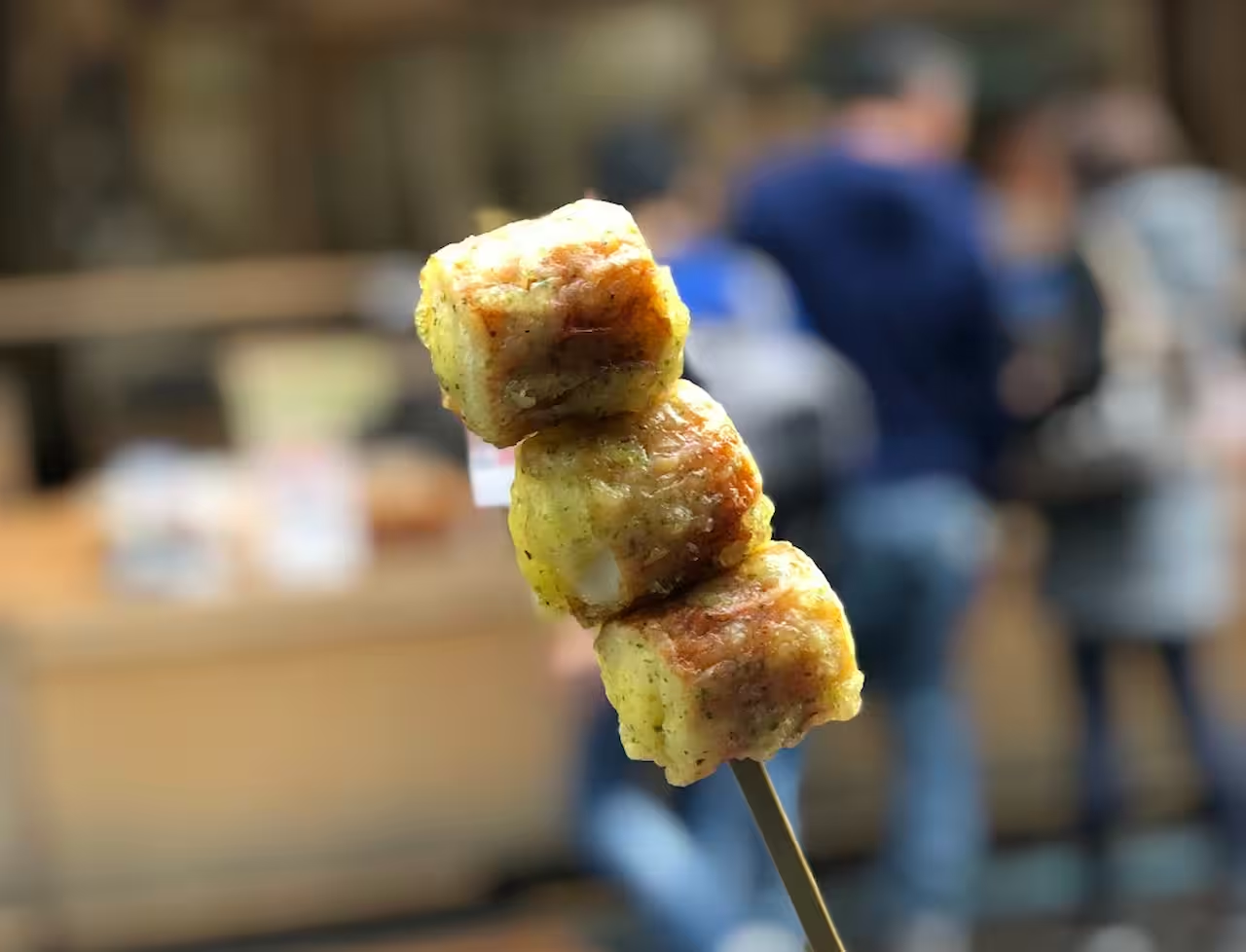
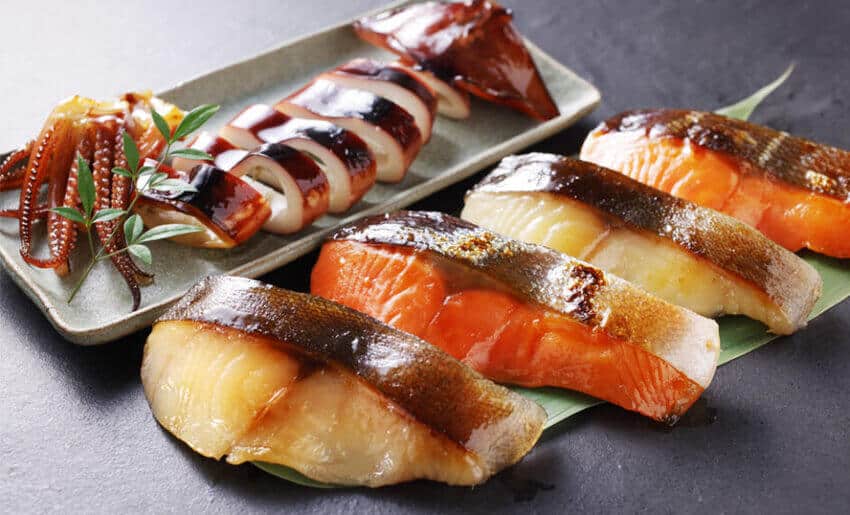

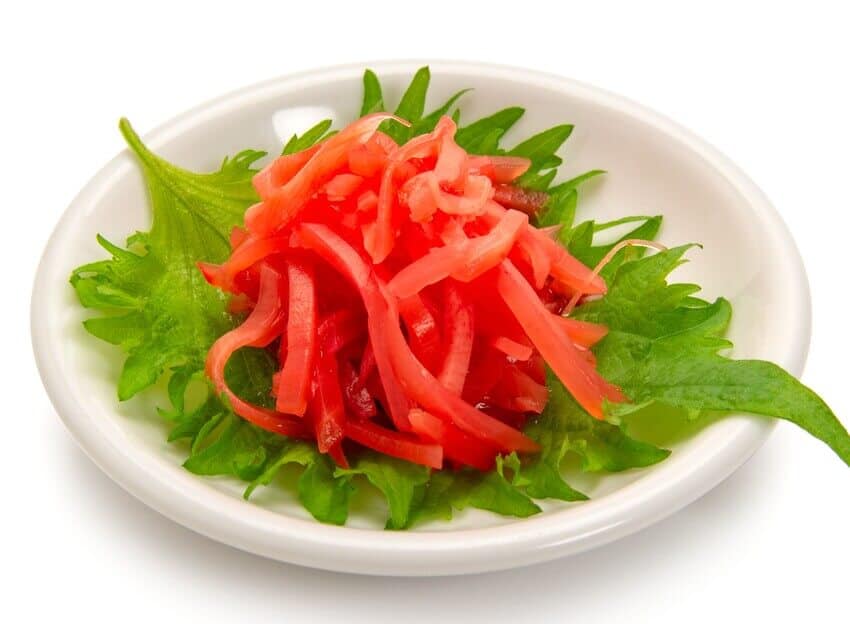


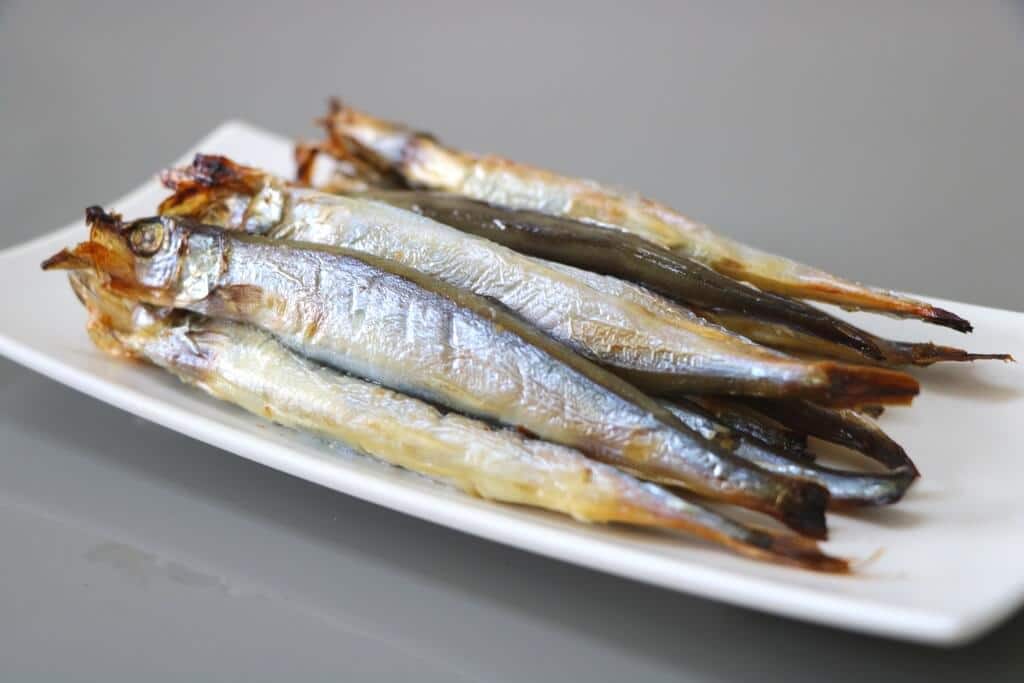
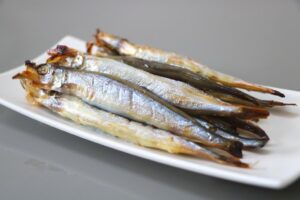



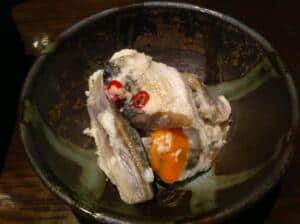



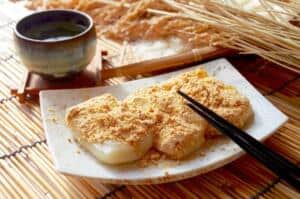
Comments